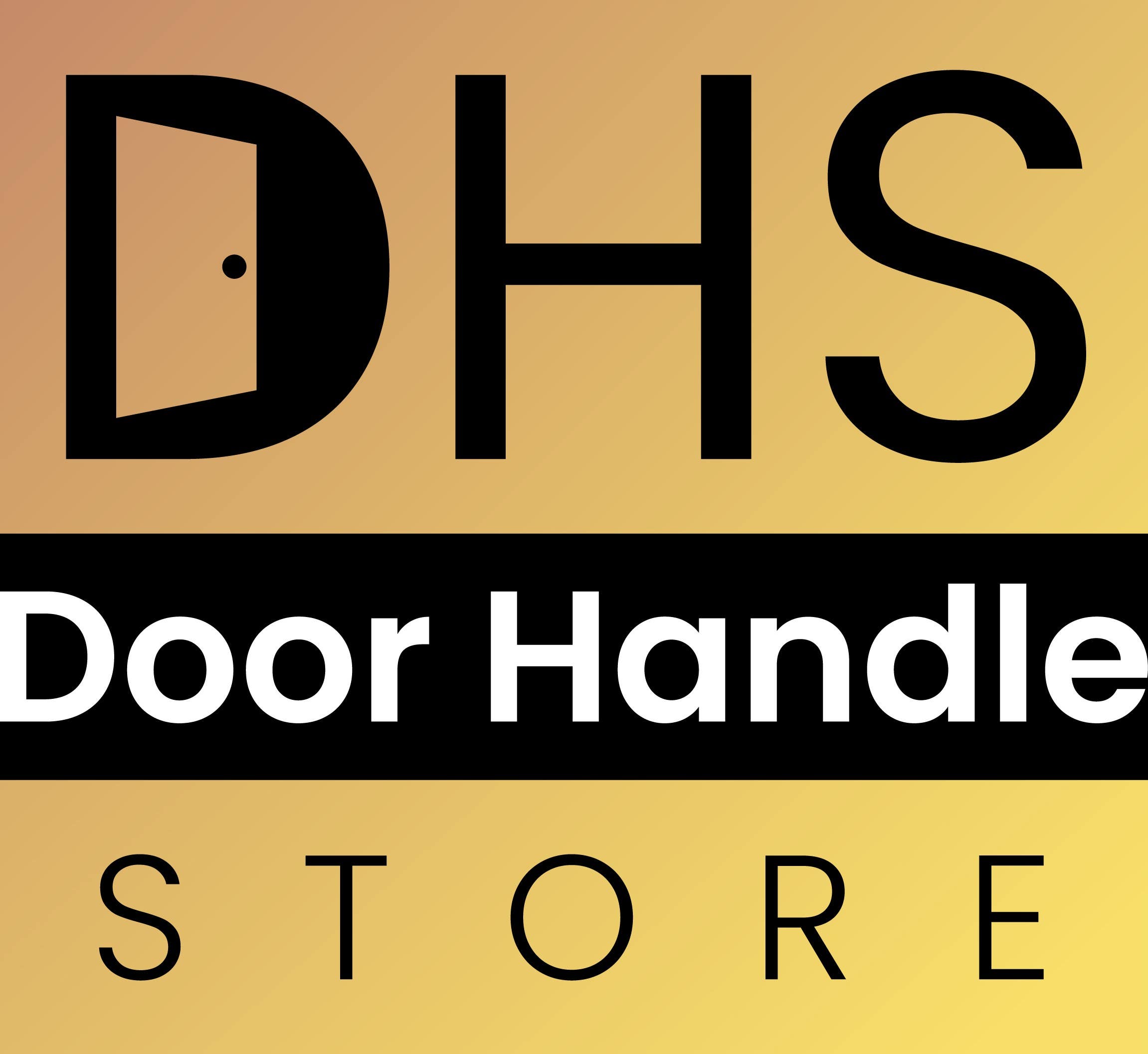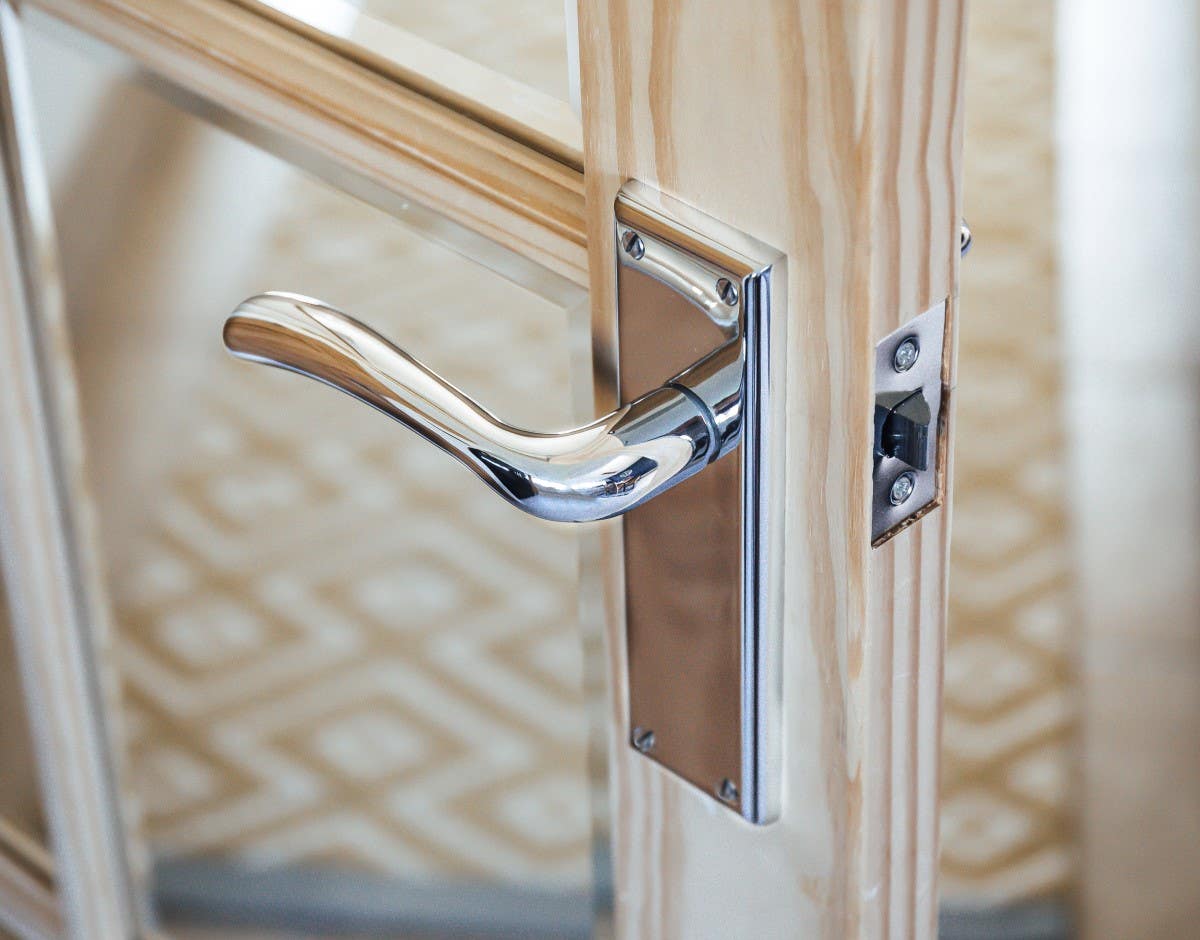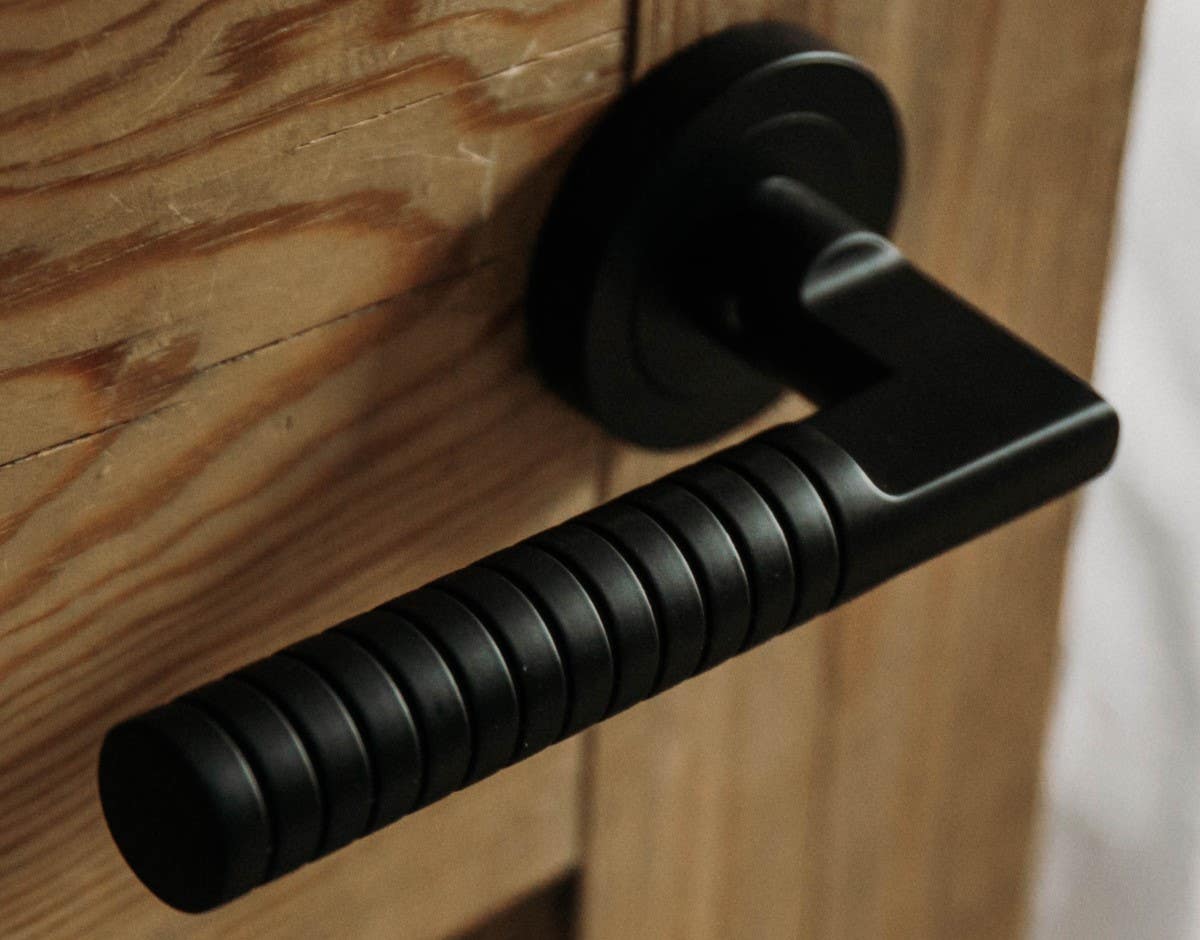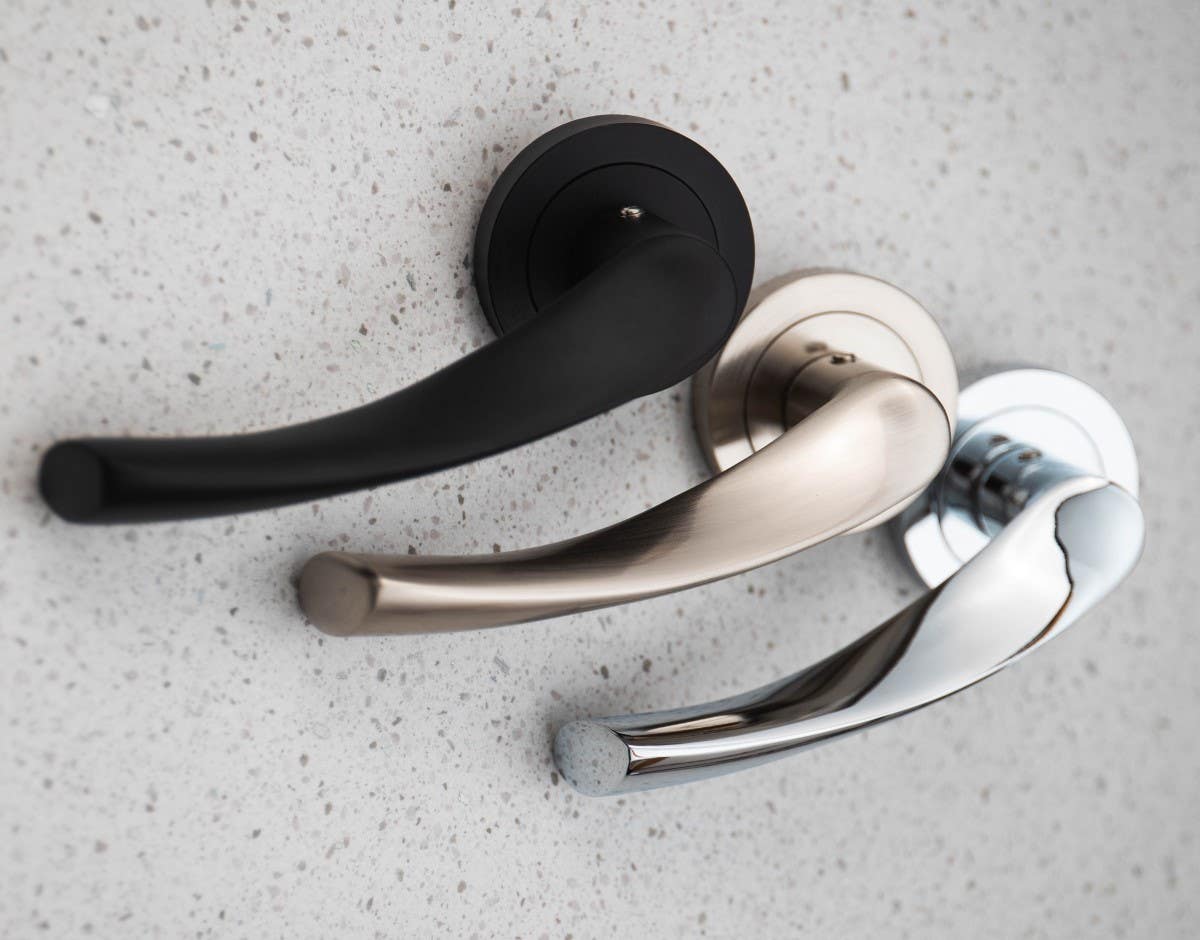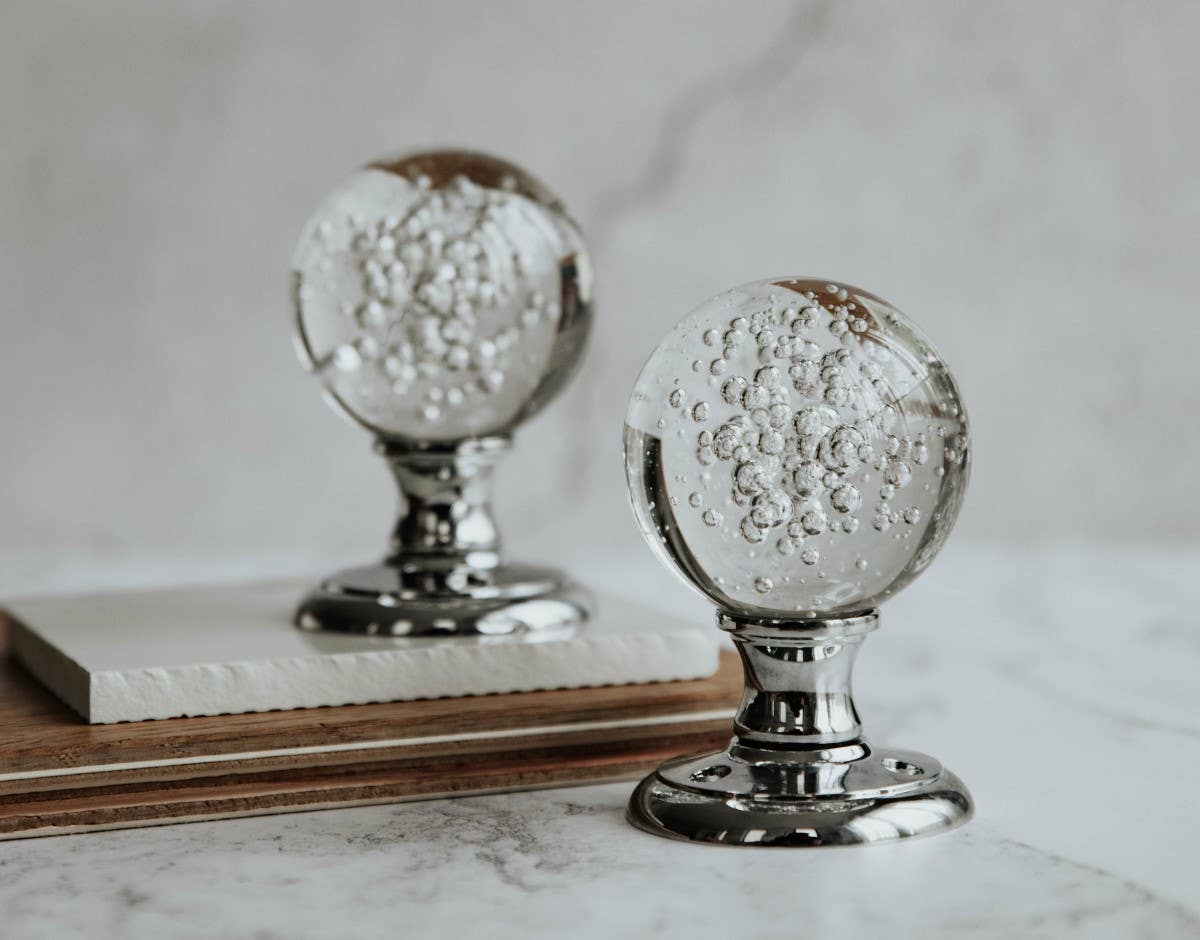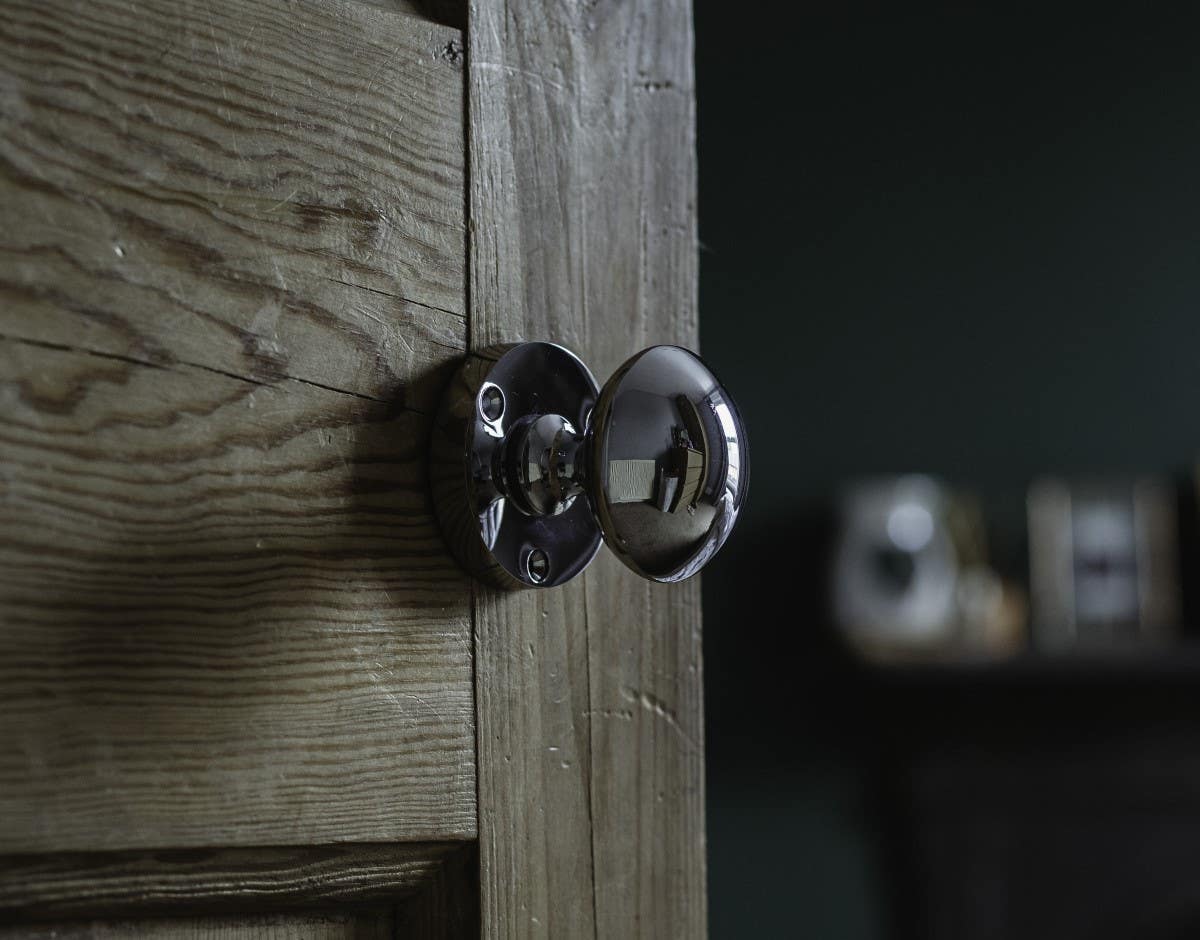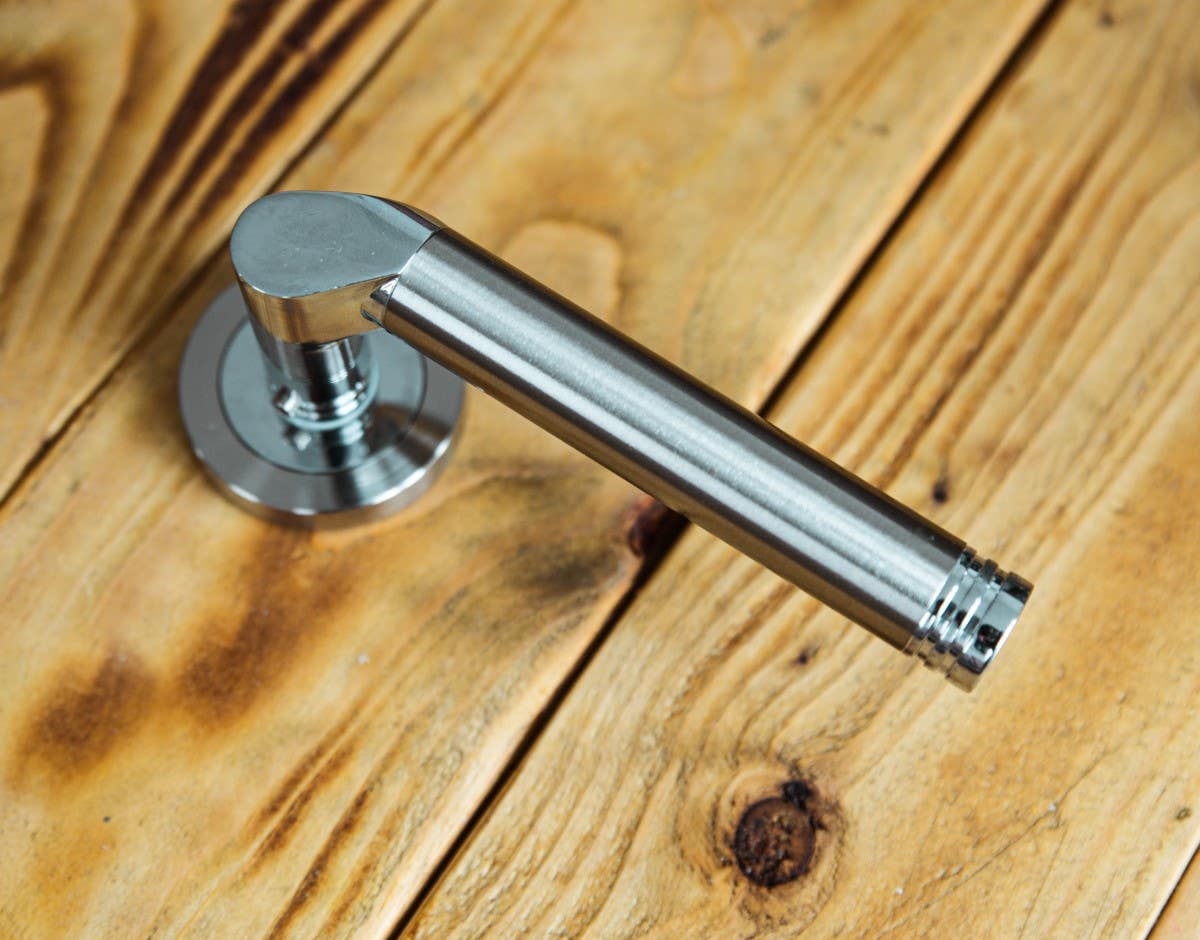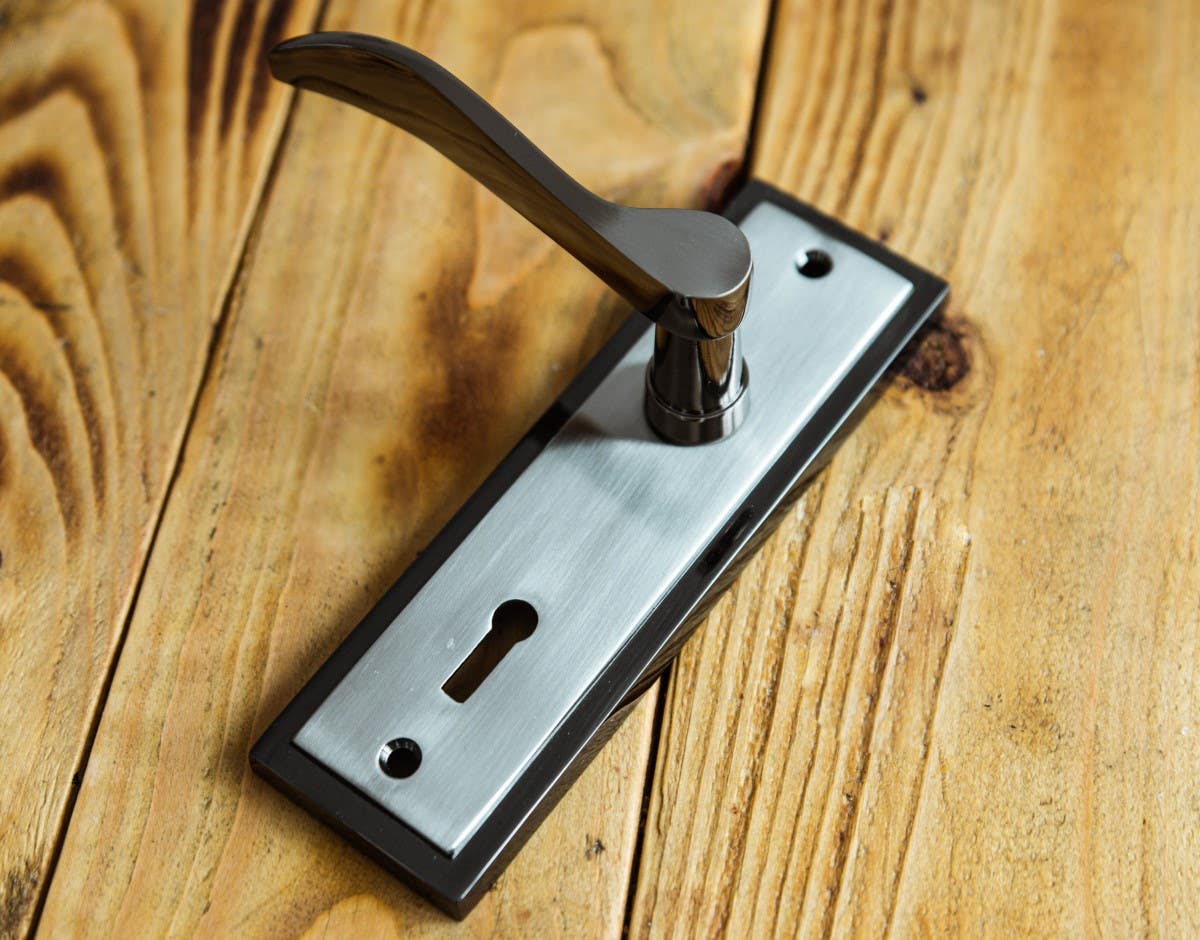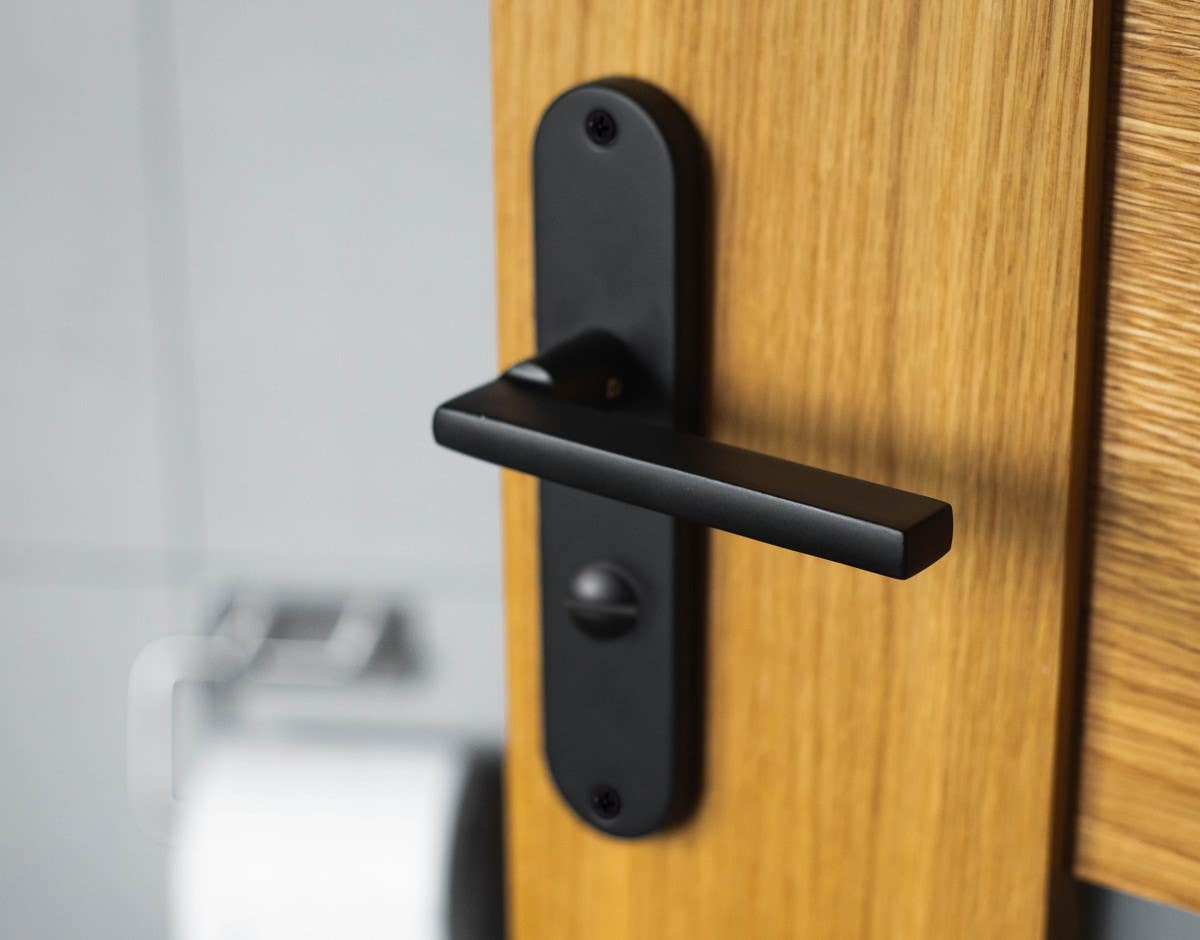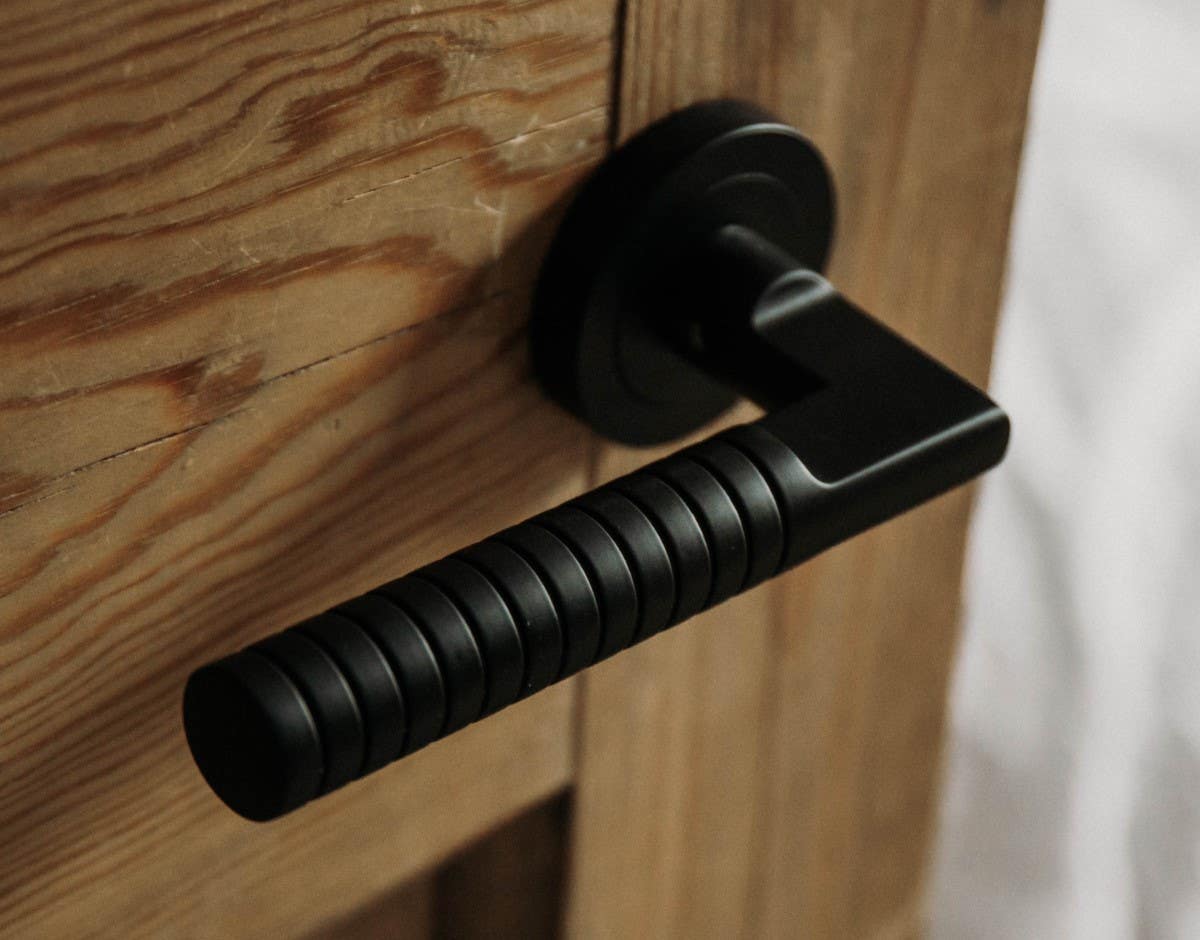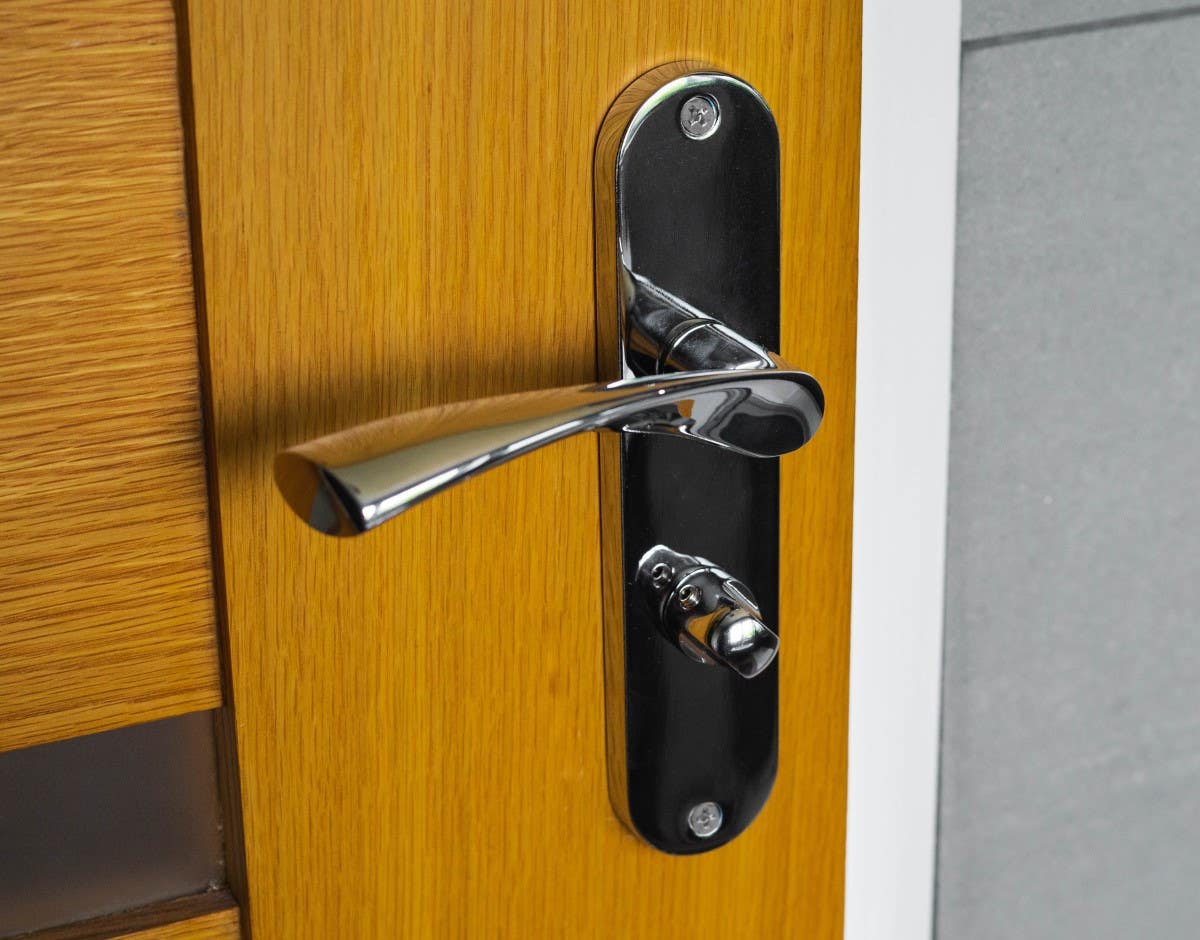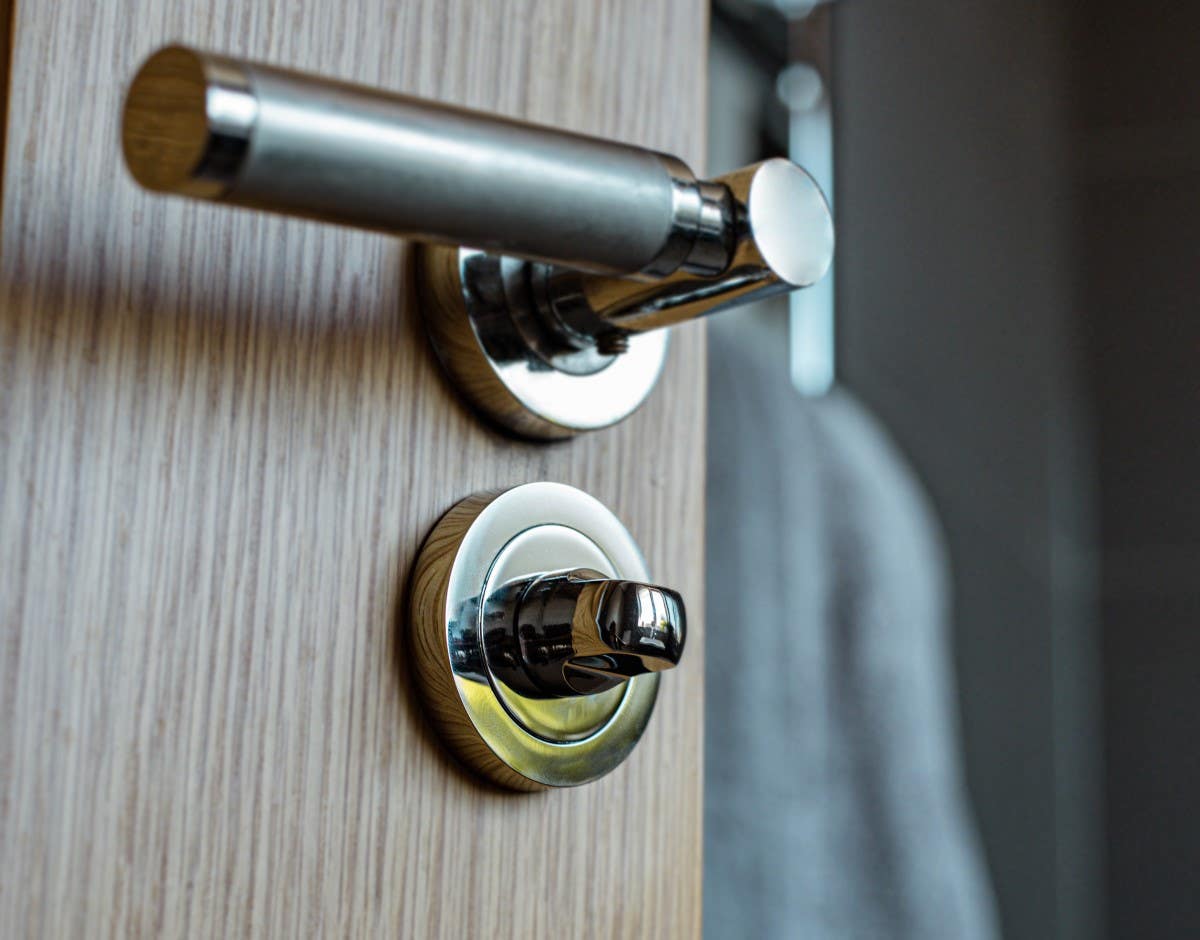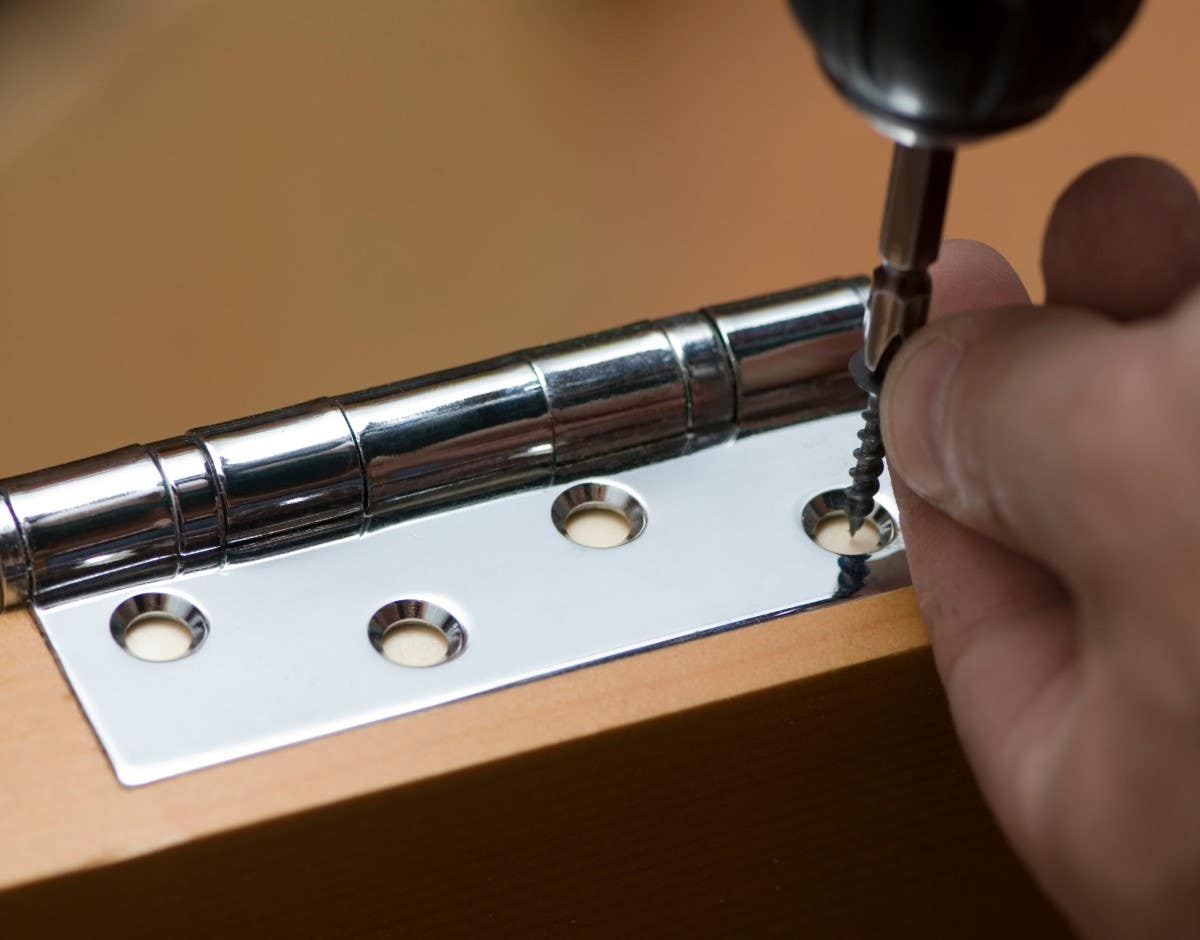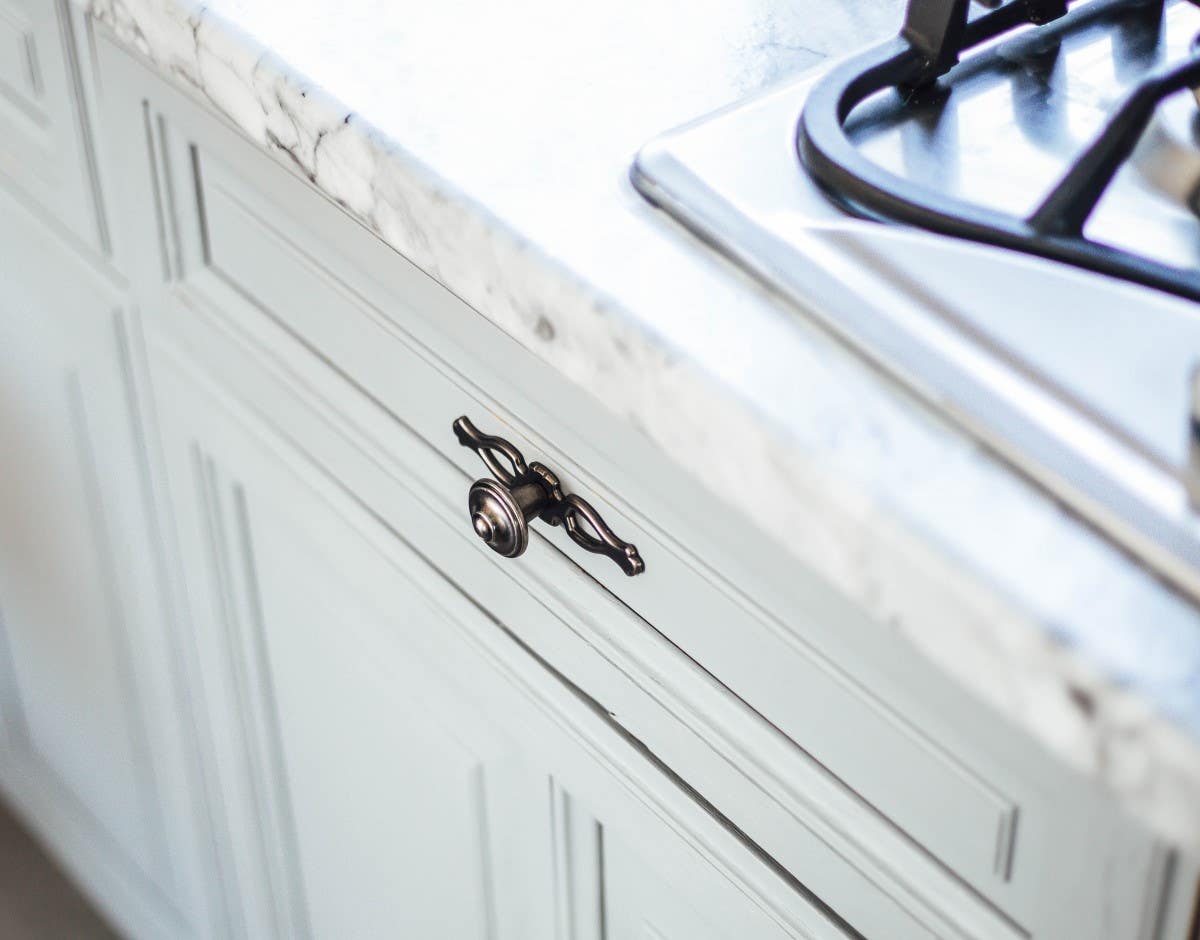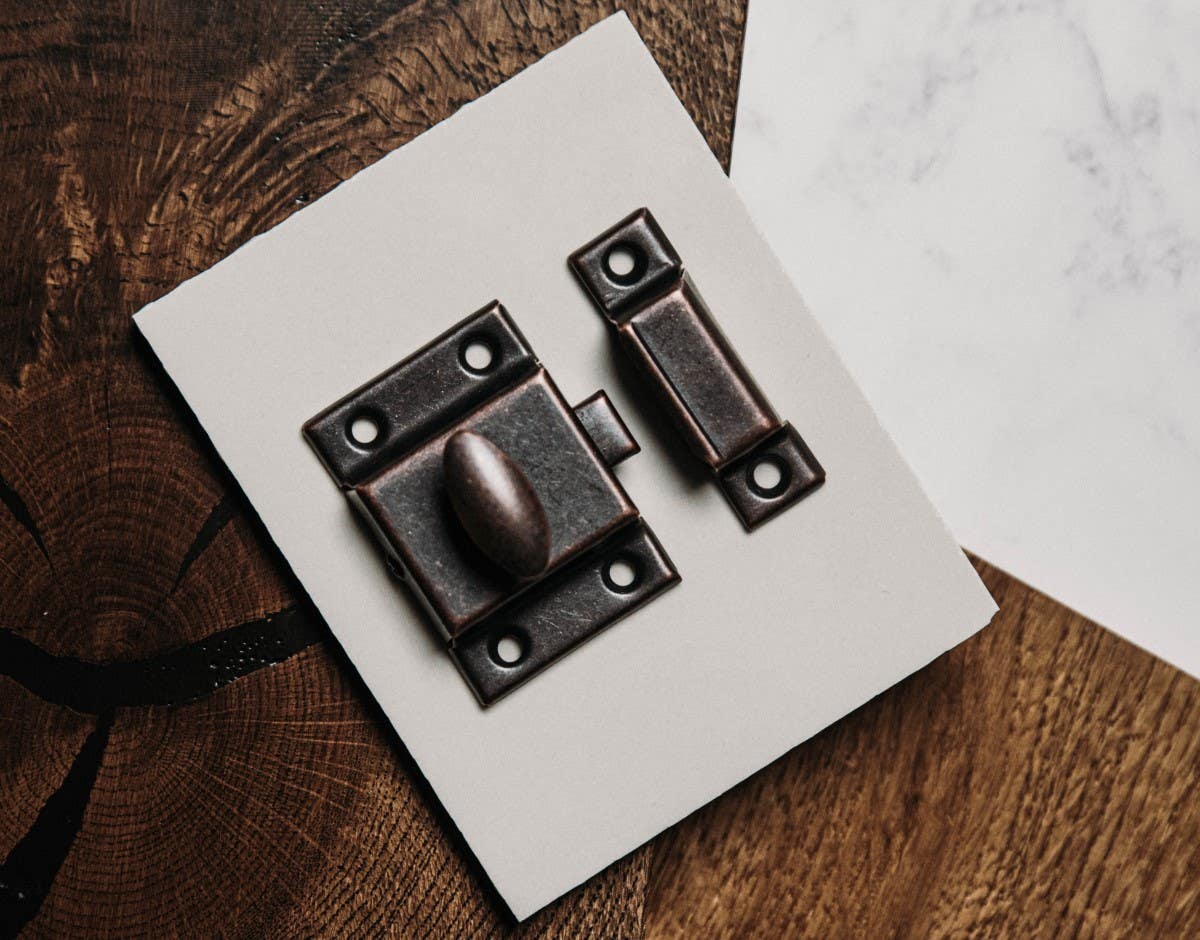Door locks are vital for maintaining the security and privacy of your property. Still, with many types of door locks on the market, it can be challenging to understand which type of lock to choose.
When considering door locks, many will focus on locks for external doors. However, internal door locks are of equal importance.
Internal and external doors will require different types of locks; for example, your front door will require a more heavy-duty lock than your bathroom door.
Generally, we design internal door locks for privacy and ease of use, whilst the design of external door locks focuses extensively on security. Exterior door locks are more resistant to force than internal door locks, usually requiring a set of keys to operate.
At Door Handle Store, we have an array of different types of locks available for purchase. We understand that it can be challenging to differentiate between the many styles and their uses.
As a result, in this article, our team of specialists will guide you in understanding the different styles of locks on the market and which one you will need.
Non-lockable Doors
Not all interior doors will require a door lock. For example, for non-specific rooms such as your living or dining room, you probably will not want to install a lockable door handle.
Whether your door will require a door lock or not is crucial when purchasing your door handles - you will not need a Lever Lock door handle for a door with no lock.
For rooms that do not require a lock, you will need to purchase a Latch handle and install a tubular latch.

Tubular Latches
A tubular latch is a steel tube that contains a spring-loaded follower and latch bolt, which sits inside the edge of the door. Latch bolts are sometimes known as a 'tongue' as they are a triangular piece of metal that connects to the strike plate located in the door frame.
Tubular latches allow you to open or close the door using the door handle or the doorknob. When you turn the handle or the doorknob, the spindle will turn to operate the latch. When the spindle rotates, the latch bolt retracts, and you can open the door.
The spring mechanism of tubular latches allows the latch bolt to spring back into place to 'latch' the door and keep it closed.
Different sizes of tubular latches
We stock two varying lengths of tubular latches, 64mm and 76mm, in various finishes.
Our variety includes complementary finishes to our collection of door handles, allowing you to pick a matching style and include cohesive door furniture in your home.
When deciding which size you will need, consider whether you are using a lever door handle or a doorknob:
- For lever door handles, we recommend using a 64mm tubular latch in a matching finish.
- For door knobs, we recommend using a 76mm tubular latch in a matching finish to allow for more room to manoeuvre the doorknob.

Mortice Locks
A Mortice Lock can be defined simply as:
"a lock which is set within the body of a door in a recess or mortise, as opposed to one attached to the door surface."
Mortice locks are well known for their strength and usability, whilst providing a good level of security to your home depending on a number of levers. The mortice door locks are ideal for use in both residential and commercial properties.
Mortice locks are a more aesthetically pleasing type of lock, as most of the lock sits within the door, thus, mortice locks are incredibly popular in properties worldwide.
Mortice locks require a mortice cut into the edge of the door; this allows the lock to sit flush into the door, hiding its mechanism and allowing for a neat finish. In addition, sitting within the door ensures that mortice locks are ideal for wooden doors or doors with different thickness levels.

Parts of a mortice lock
The mechanism of a mortice lock is relatively large and has two parts: the body of the lock and a sprung latch.
The lock's body includes a strong locking bolt, which you will operate by using a key. When you use the lock, the lock bolt retreats into the door, allowing you to open the door quickly.
The sprung latch will move with the door handle, working similarly to a tubular latch, to keep the door closed without being locked.
Along with the internal locking system, mortice locks incorporate other components also; this includes the strike plate and the faceplate. The strike plate allows the bolt to sit straight into the door frame when the door is closing and protects the wood by preventing scuffing or marking. The faceplate attaches to the edge of the door, opposite the strike plate.
Additional door accessories for mortice locks may include an escutcheon plate when installing a doorknob or a lever-on-rose door handle. An escutcheon plate will protect the door around the keyhole to prevent scratches or marks from your keys.
How secure are mortice locks?
Mortice locks vary in levels of security, dependent on the number of levers attached to the rear of the bolt. The number of levers mortice locks have can range from 2 to 5 levers, with security increasing with every lever added.
Our range of mortice locks is available in 2 to 5 lever designs, and our most secure style is our 5 lever mortice locks. However, we recommend using 2 or 3 lever mortice locks for internal locks, which require low-medium security.
In addition, we recommend reserving our 5 lever mortice locks for any doors that will require additional protection; this may include your interior garage door or internal conservatory doors.
The cut of the key used to operate the lock will match the number of levers on the interior of the mortice lock. When you use the correct key to operate the lock, the levers will align, and the lock mechanism will rotate.
This movement allows the bolt to retreat or extend, unlocking or locking the door respectively.
Mortice Sashlocks or Mortice Deadlocks?
Our range of mortice locks includes Mortice Sashlocks and Mortice Deadlocks.
The distinction between the two lock types is subtle but will require some thought depending on which door requires a lock and the level of security necessary for that door.
Mortice Sashlocks:
Mortice sashlocks combine latches and deadlocks and require a bolt, a latch, and a pair of handles to operate a door.
Characteristic of mortice locks, sashlocks fit into a mortice in the side of the door and are ideal for adding security to doors in heavy traffic areas.
Our 5 lever mortice sashlocks, such as our 5 Lever Mortice Sashlock in Chrome, incorporate a stainless steel strike plate to prevent unwanted access to the bolt, offering a high level of security; the more significant number of levers ensures a 5 lever lock is more difficult to lockpick.
Mortice Deadlocks:
Mortice deadlocks require a key to be able to operate the lock as it does not have any latch to release the door from the door frame.
This type of lock includes a single bolt that secures into the door frame, offering additional strength and security.
Many insurance companies often specify mortice deadlocks, such as our 5-Lever Mortice Deadlock in Chrome, as a requirement to external doors within your home.
Our collection of mortice deadlocks also include 3-lever mortice deadlocks, such as our 3-Lever Mortice Deadlock in Brass, which is ideal for internal doors, which require less protection than your front or back door.
Bathroom Locks
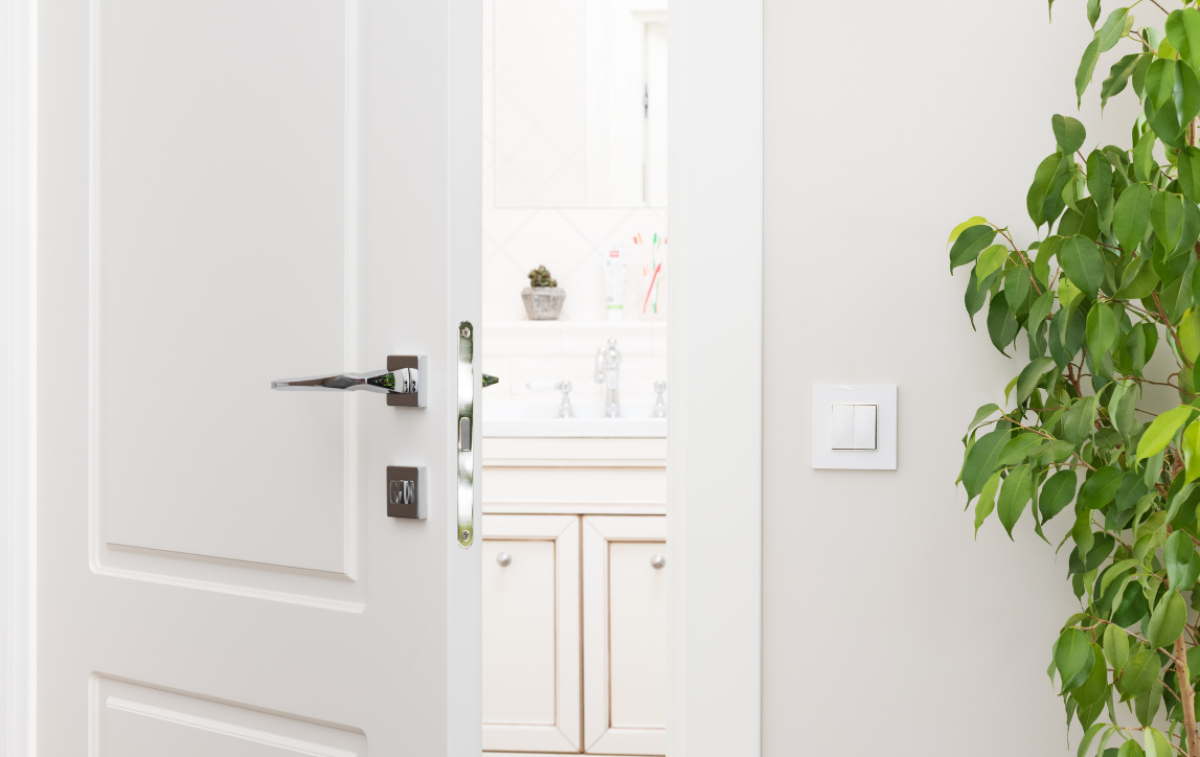
Bathroom locks are primarily for privacy over security; however, you should still invest in a bathroom lock that is reliable and long-lasting.
Most bathroom doors will feature a thumbturn and release lock, the ideal solution to your internal bathroom door needs.
You must pair thumbturn and release locks with a bathroom mortice lock. In case of emergency, you can unlock the thumbturn lock by using a coin on the outside of the door.
When selecting a bathroom lock, you should consider the type of door handle that you purchase or already have fitted on your bathroom doors.
We design our bathroom locks to operate with doorknobs, lever-on-backplate handles and lever-on-rose handles.
However, please note that whilst we equip lever-on-backplate bathroom door handles with a thumbturn lock, you need to purchase a separate thumbturn lock & release for lever-on-rose door handles and doorknobs.
Bathroom Mortice Locks
Bathroom mortice locks work in the same way as regular mortice locks. They will need to be set into the side of the door and operate using the turn of the handle and corresponding lock.
The main difference between a regular mortice lock and a bathroom mortice lock is that the bathroom lock will operate using a thumbturn.
You will notice a bathroom mortice lock will have a corresponding square hole for the spindle of the thumbturn to pass through.

Bathroom Thumbturn Lock
Thumbturn locks are generally of a circular design, with a small button in the centre that you will turn to lock or unlock the door.
The small thumbturn spindle rotates into the bathroom mortice lock and closes or opens the door when the button turns.
From the outside, these locks feature a narrow indent on the surface corresponding to the button. In case of emergency, you can open the door from outside by placing a coin in the narrow indentation.
Thumbturn locks are the best addition for bathrooms, as well as any other rooms you may wish to have easier access to in case of an emergency.
These rooms could include a cloakroom or spaces where people can easily lock themselves in and need additional help to get out.
Our collection of bathroom thumbturn locks are straightforward to install on any door. However, when installing a thumbturn lock, you must also install a bathroom mortice lock.

Euro Cylinder Locks
Euro cylinder locks, also known as "pin tumbler locks", are the most popular form of locks installed in homes as well as commercial properties today.
Most commonly fitted to exterior doors, such as your front door, you can install a euro cylinder lock on your internal doors.
Excellent for offering a high level of security, euro locks feature anti-pick and anti-snap measures, meaning they are ideal for residential and commercial properties.
A euro cylinder lock features a cylinder that sits within the mortice euro lock. It is a single metal tube that connects each side of the lock.
Requiring a wider keyhole, you will need to invest in a corresponding euro cylinder lock lever-on-backplate door handle such as our bestselling, Victorian Scroll Euro Lock Door Handle in Polished Brass.
Alternatively, for doorknobs or lever-on-rose door handles, invest in an escutcheon euro lock plate, such as our Escutcheon Euro Lock in Dual Tone Brass, for a neat finish to your doors.

How Euro Locks Work
Euro Cylinder Locks use a mechanism of pins as part of their locking system, in varying lengths for added security.
When you use the correct key, the pins move to allow the door to open. When you use the incorrect key, the key will not fit into the lock.
With Euro Cylinder Locks, the more significant number of pins results in a greater level of security.
Another Euro Cylinder Lock design combines both a keyed Euro Cylinder Lock and a Thumbturn. With a regular key lock on one side and thumbturn on the other, to unlock the door, you either use the key or twist the thumbturn.
Rim Locks
Rim locks are the oldest style of door locks, dating back to the Medieval period. Over time, Rim Locks have become decorative, as well as functional, design pieces.
With a simple installation, Rim Locks are ideal for period or traditional properties to add authentic, vintage features to the home's design.
Fixed to the door's surface, a Rim Lock comprises of a surface-mounted box containing a sashlock or a deadbolt lock and a latch.
As they mount to the door's surface, Rim Locks are ideal to use on doors that are too narrow for an internal locking system, such as a Mortice Door Lock.
Other reasons you may wish to use a Rim Lock are:
- For decorative detailing
- Internal doors which need privacy
- For period properties
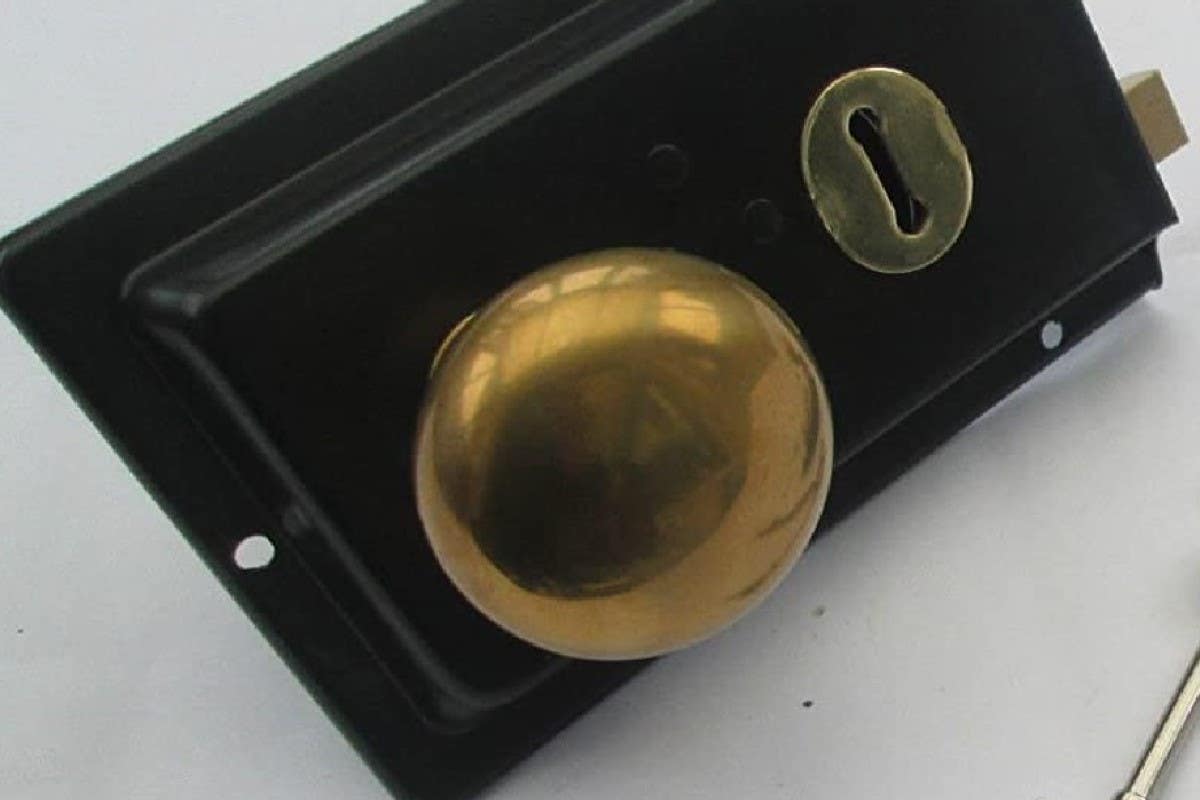
Door Bolts
"a sliding bolt for locking a door"
A door bolt is a straightforward, accessible lock type that primarily focuses on privacy rather than security.
Available in many forms, from Straight Bolts to Cranked Bolts and can sit alongside other locks to reinforce the room's privacy.
Our door bolts feature a metal case with a solid bolt operated with a knob on the bolt. The catch plate sits on the door frame to allow users to lock the door by sliding the bolt across into the catch plate.
Door bolts are ideal for adding privacy to bathrooms, securing an outdoor gate, or adding to any rooms you wish to lock from only one side.
Without needing keys to operate these locks, their simplicity is their main selling point and is the reason for their inclusion across many properties.
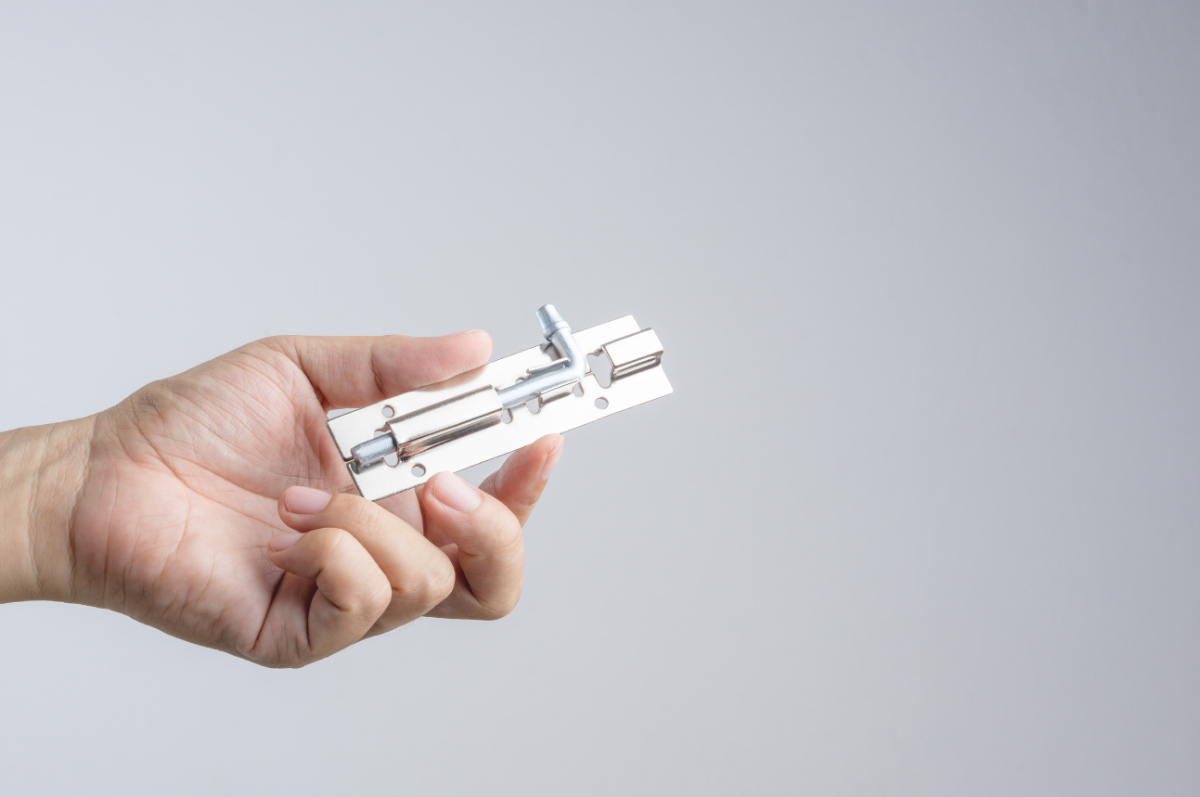
Straight Door Bolts
Straight door bolts are narrow and available in multiple lengths, providing versatile protection to your internal doors.
Simple to use and simple to install, straight door bolts are highly popular across many properties due to their versatility and ease of accessibility.
Straight door bolts are commonly seen alongside other door furniture types as an extra level of security and protection as opposed to relying solely on door handles, doorknobs, or latches.
Cranked Door Bolts
Cranked door bolts are a variation of a straight door bolt. However, they have a necked (right-angled) bolt ideal for a door that is not flush with the door frames.
External Door Locks

Alongside our collections of internal door locks, we also stock a range of different types of locks for external doors.
Euro locks are the most common door locks to use on your external doors. With their high level of security, their design is ideal for exterior doors to prevent unwanted access to your home.
In addition, we also supply various door accessories to secure your external doors from the inside.
Night Latches
Night Latches sit on the inside surface of the door, with a keyhole on the outside of the door and a lever or knob on the inside.
When the door is closed, the night latch will automatically secure the door using a bolt that connects the door to the door frame.
To unlock a night latch, you will need a key to open from the outside or use the inside lever to open the door.
Night latches often include a snib or button on the internal casing to allow you to leave the door unlocked when shut if you wish; this will be suitable for short periods where you do not want to be unlocking and locking a door.
There are two varieties of standard night latches, standard and narrow. The main difference between the two is the size of the casing. Narrow night latches are more suitable for doors with a thin frame.
These night latches are available as traditional night latches, double-locking night latches and deadlocking night latches.
With our best-selling night latches, you can add a higher level of security to your home.

Door Chains
A door chain consists of a small chain fixed to the door frame and a small track on the door's surface into which the chain slides.
Not to be used individually, door chains are an ideal lock type to use alongside other types of locks.
The purpose of a door chain is to allow individuals inside the house to open the door slightly whilst ensuring individuals outside cannot gain unauthorised access to the home whilst the door is open.
You can slide the chain into place when the door is closed to add an extra level of protection to your home.
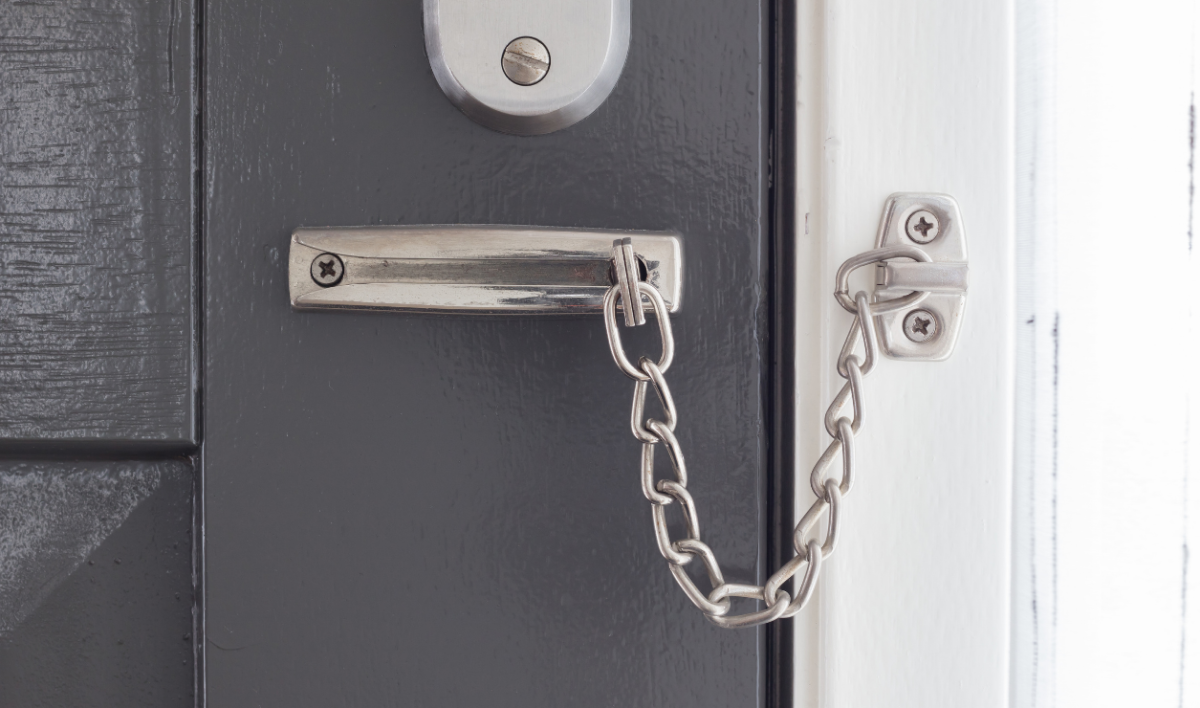
To Conclude
There is a multitude of door locks available to purchase, from mortice locks to thumbturn locks and door chains.
The main deciding factor as to which lock to choose is to consider which room you will be securing.
For example, you should select a specific bathroom lock for bathrooms, but you may want to pick a 2 or 3 lever mortice lock for your bedroom door.
Enhance the security of your home by adding our door locks. Discover your ideal lock type by perusing our collection of Door Locks.
If you have any queries or want some more information, our specialists will always help. Chat to one of our specialists on 0800 059 0700 or send us an email at websales@doorhandlestore.com.
